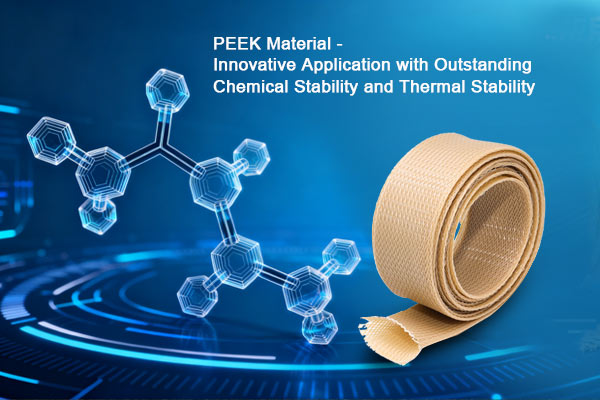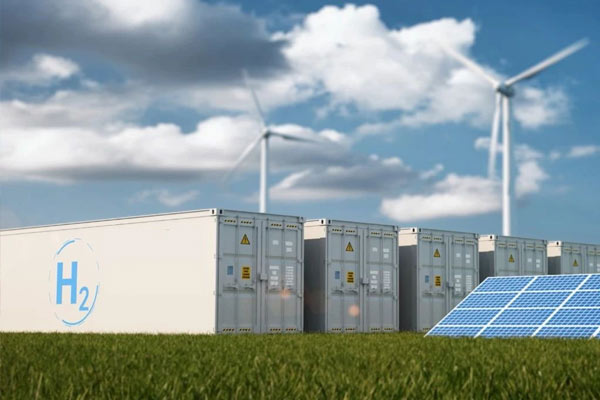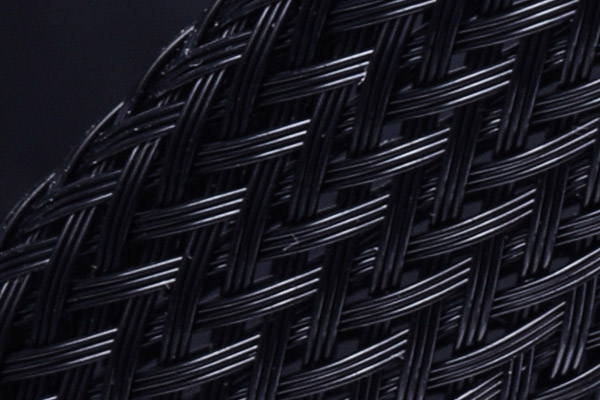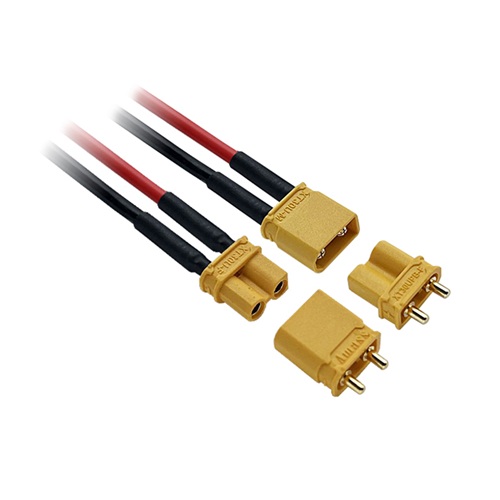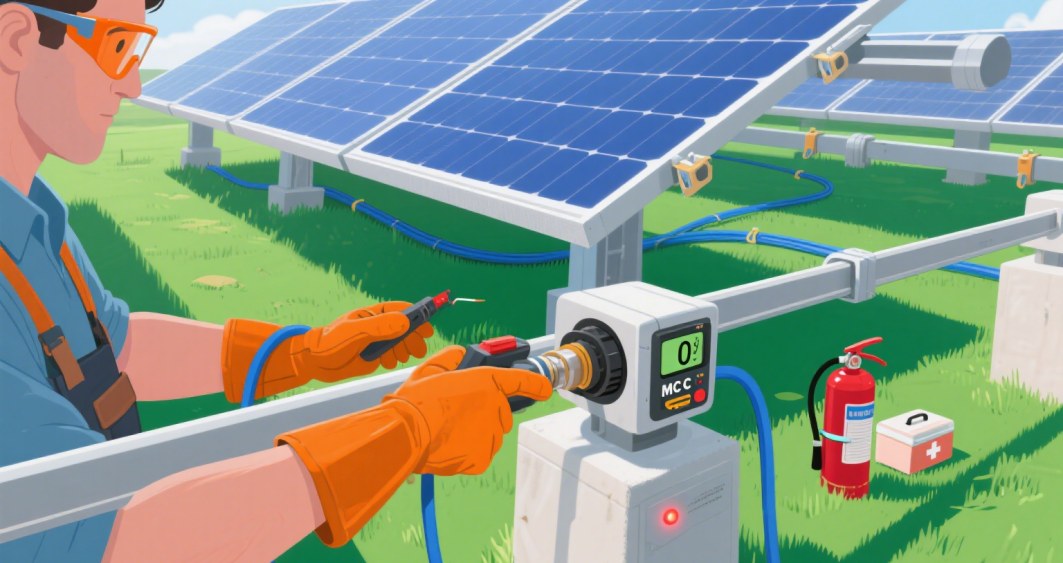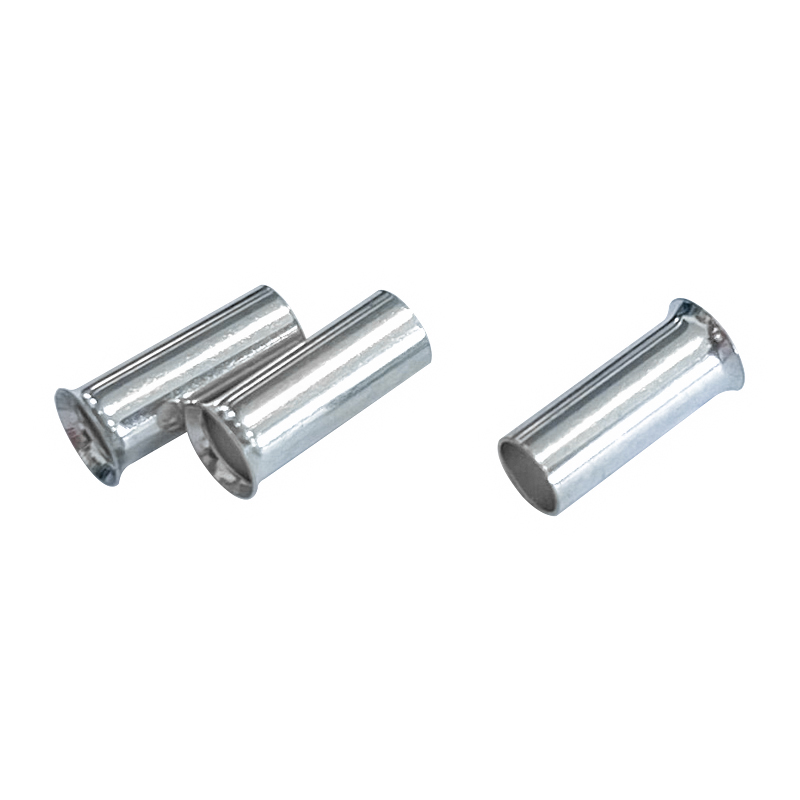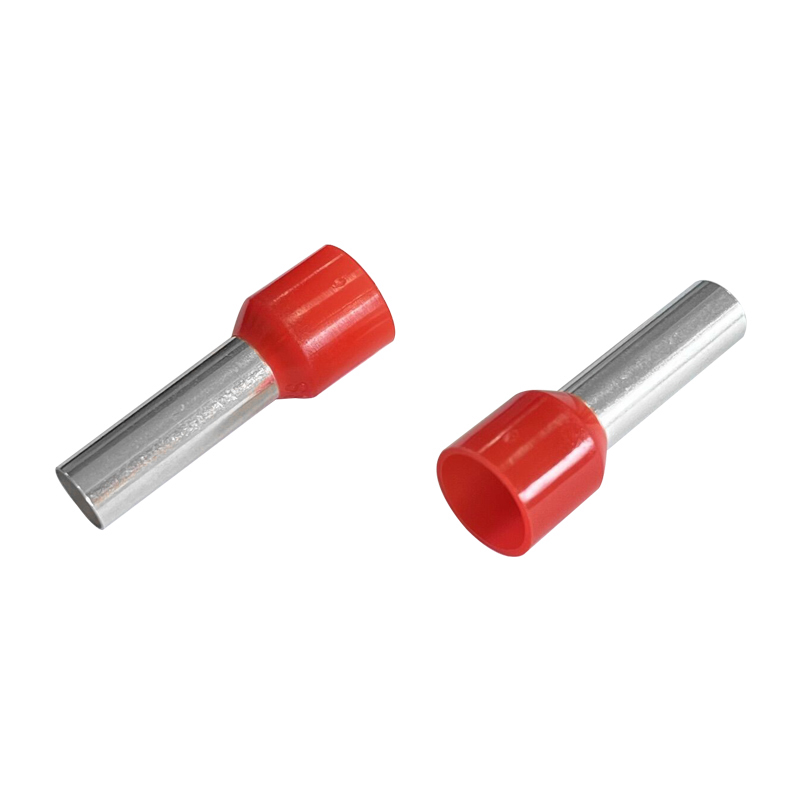Customized Open Self-Rolling Textile Sleeve for Automation Systems
In today's automated assembly systems, proper cable protection is key to smooth and reliable operation. Continuous movement, vibration, and high temperatures can easily damage insulation, cause short circuits, and even lead to unexpected downtime and costly repairs.
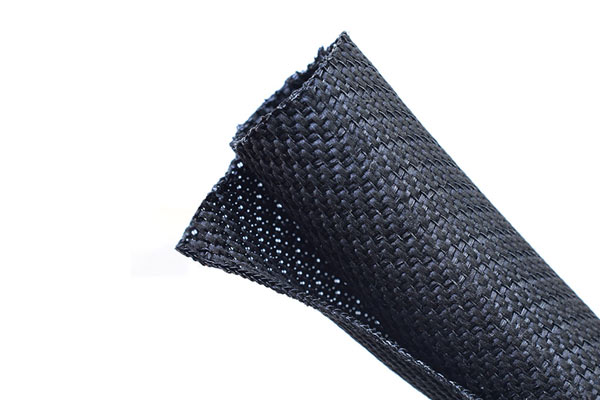
Some customers in the automation equipment manufacturing industry have turned to us for a durable and easy-to-install open self-rolling textile sleeve to protect and organize their cables and wire harnesses.
Customer Requirements
Some automation projects require open self-rolling textile sleeves in the following sizes: 10, 16, 20, 25, 38, and 50mm. If your needs focus on quick installation over pre-assembled cables or abrasion and heat resistance in moving parts, then a flexible textile sleeve that adapts to different diameters is ideal.
MJ Solution: Open Self-Rolling Textile Sleeve Series
Based on these challenges, MJ recommended our open self-rolling textile sleeve, a versatile and efficient cable protection sleeve designed for industrial use.
1. Self-Closing Split Design
The open and self-wrapping structure allows the sleeve to be quickly wrapped around cables — ideal for maintenance and retrofitting. Compared with traditional braided tubes, the open self-rolling textile sleeve can reduce wiring time by up to 70%.
2. Durable PET Construction
Made of high-strength polyester monofilament, it offers:
- Temperature range: –50°C to +150°C
- Excellent abrasion resistance and flame retardancy (UL94 V0 optional)
- Stable performance in automotive, automation, and electronic environments
3. Multiple Sizes and Expandability
From 10mm to 50mm, the open self-rolling textile sleeve adapts easily to different cable bundles, reducing stock complexity while covering a broad range of applications.
4. Aesthetic and Functional Management
Besides protection, this textile braided sleeve enhances cable organization and keeps the automation line clean, improving both safety and visual quality.
Application Areas
| Area | Typical Diameter | Function |
| Control cabinets | 10–16mm | Organizing signal cables |
| Robot arms / conveyor systems | 20–25mm | Anti-abrasion cable protection |
| Power / pneumatic lines | 38–50mm | Heavy-duty cable shielding |
The Open Self-Rolling Textile Sleeve is ideal for:
- Cable drag chains
- Robot harness systems
- Motor and sensor wiring
- Automation control units
This solution provides automation systems with a long-term cable management system that ensures both reliability and flexibility under industrial conditions.
